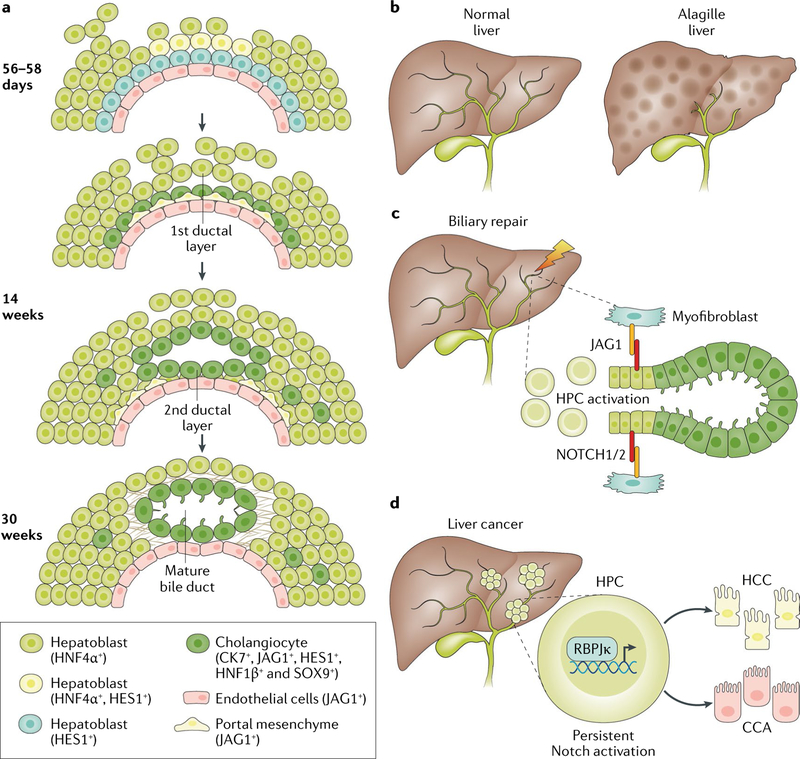Fig. 1 |. Notch signalling in biliary development and disease.
a | Between 56 and 58 days to 14 weeks gestational age, Notch signalling in the developing liver becomes activated in hepatoblasts by interaction with Jagged-1 (JAG1)-expressing mesenchymal cells. Activation of Notch is involved in the biliary specification of the hepatoblasts in contact with the portal vein mesenchyme. This process generates ductal biliary structures that become mature at ~30 weeks of gestation. b | When Notch signalling is disrupted, as in Alagille syndrome, small branches of the biliary tree do not develop, causing ductopenia, jaundice and pruritus. In some cases, the condition improves with time, whereas in 20–50% of cases, it can progress to end-stage liver disease. c | Notch signalling is also involved in biliary morphogenesis during the repair process in the context of chronic biliary damage. In this setting, Notch has a dual function that includes the activation of hepatic progenitor cells (HPCs) and ductular cells followed by the formation of the tubular structures and crosstalk with mesenchymal cells. d | Persistent overactivation of Notch signalling in HPCs, leading to downstream RBPJκ-dependent transcriptional activity, favours malignant transformation in hepatocellular carcinoma (HCC) or cholangiocarcinoma (CCA).

